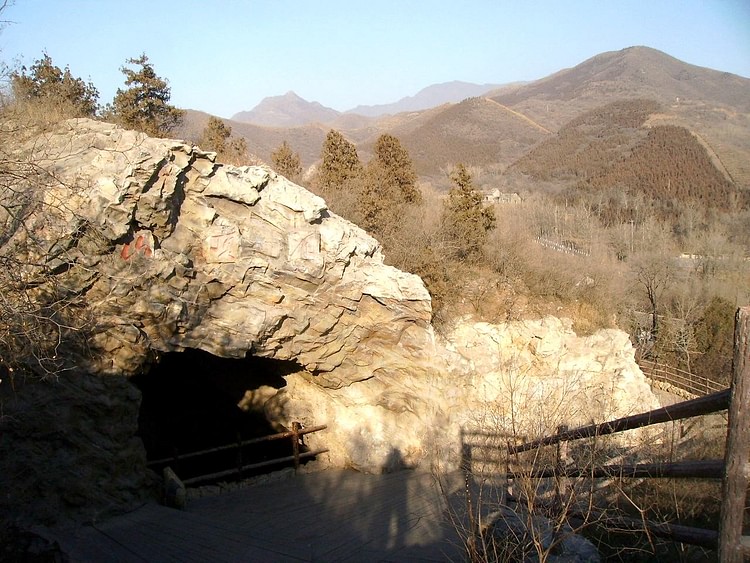Chinese culture developed from small communities such as Banpo Village (c. 4500 BCE) through the early Xia Dynasty (c. 2070-1600 BCE) and the great dynastic periods that followed after, creating some of the most striking and memorable works of art and architecture in world history, including the famous Great Wall of China.
These works include palaces, towers, walls, paintings, sculpture, amulets, coinage, and ceramics – some dating back as far as the Houli Culture (c. 6500 - c. 5500 BCE) or earlier – others from the periods of the Liangzhu Culture, Yangshao Culture, and Hongshan Culture, predating the Xia Dynasty and its successor the Shang Dynasty (1600-1046 BCE) by which time Chinese work in jade, especially, had produced notable masterpieces such as The Correya Dog.
The following gallery is far from inclusive but presents representative pieces from the earliest eras of ancient China up through the modern day.
